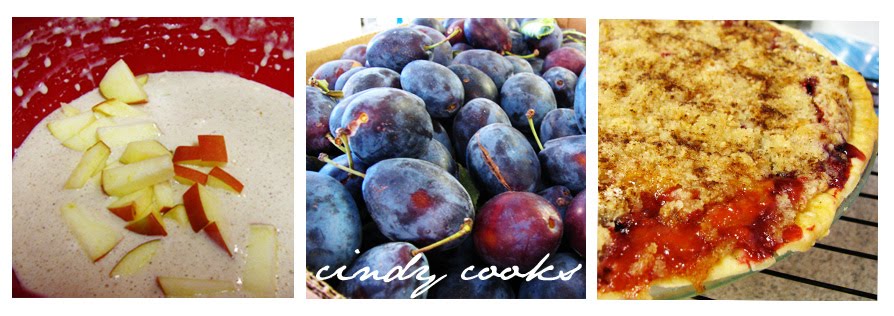Prep time: Easy-medium
Source: My own brain! :)
For the last few years, I've been making and freezing chicken stock regularly. In the beginning, I did it with a rotisserie chicken, but about a year ago I got brave and decided to start roasting my own chicken instead. Now I roast a chicken at least once a month. We eat the chicken with a few sides for dinner one night and then I remove the rest of the meat and store it in the fridge for later meals (soups, pot pies, stir fries, pasta dishes, etc.) and use the carcass to make 5-6 quarts of stock. Lately, I've just been taking the veggies I used to stuff the chicken for roasting and using those to flavor the stock as well—simple, easy, and cheap!
1 whole chicken, cleaned and dried (I usually rinse mine and then set it on a paper-towel lined plate in the fridge for several hours; the dehumidifying action of the fridge helps dry it very nicely!)
1/4 cup butter, room temperature
1 T balsamic vinegar
1-2 T kosher salt
1 t black pepper
1 T rosemary, fresh or dried
Whatever root veggies you have on hand (carrots, celery, onions, garlic, potatoes, etc.—I typically do one carrot, about 1/3 of an onion, 2-4 cloves of garlic, and the leafy parts of a few celery stalks)
Preheat oven to 475. Prepare a roasting pan with rack for the chicken. Prepare veggies however you need to (I typically peel the carrots and potatoes if I'm using, and roughly chop everything so that it will fit into the chicken cavity). Set aside.
In regular-sized bowl, mix butter, vinegar, and spices together until combine (it will take a little coaxing to get the butter and vinegar into a smooth paste). Use your fingers (I always wear gloves for this part) to thoroughly coat chicken in butter mixture; you can loosen the skin and rub it underneath, but I haven't found that it makes a ton of difference and so I usually just do everything over the skin. Be sure to coat the inside of the cavity, as well. Stuff veggies into cavity. If your chicken's drumsticks have a tendency to fall away from the rest of the bird, either truss them together with baker's twine or (my preference) use a knife to cut a small hole in the chicken skin near the tip of the drumstick, and then insert the round end of the drumstick into that hole to hold the legs close to the bird (so they don't cook faster than the rest). Place chicken breast side down on roasting rack. Reduce oven heat to 375 and place bird in oven.
The size of your bird will determine the cooking time—a good rule of thumb is 20 minutes per pound, though I sometimes have to do a bit more. I usually cook mine for about 2 hours and they are always 4-5 lb birds. About halfway through your cooking time, turn the chicken breast-side up—I do this (awkwardly!) with 2 wooden spoons. Cooking it this way helps keep the breast meat tender and moist without basting.
To check for doneness, make a small cut in one of the legs and press with the edge of the knife to see if the juices run clear. (I also do this in the breast as well, since for some reason my chicken legs sometimes cook before the breasts.)
When juices are clear, remove pan from oven and tent chicken with foil for at least 10 minutes before serving.

